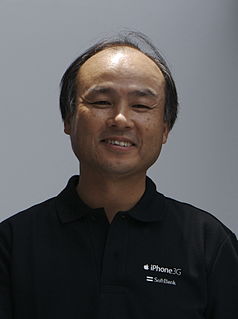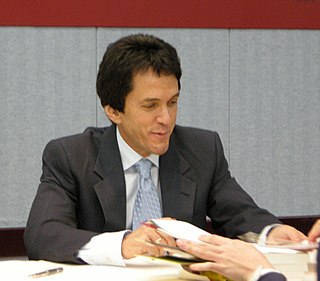A Quote by Jeffrey Kluger
The brain sits snugly inside the skull, but it's not a completely flush fit - there is still a layer of fluid between bone and soft tissue that serves as a natural shock absorber. Some shocks, however, can't be absorbed, and when the head gets clobbered too hard, the brain can twist or torque or rattle around inside its skeletal casing.
Related Quotes
Essentially, there's a universe inside your brain. The number of connections possible inside your brain is limitless. And as people have learned to have more managerial and direct creative access to their brains, they have also developed matrices or networks of people that communicate electronically. There are direct brain/computer link-ups. You can just jack yourself in and pilot your brain around in cyberspace-electronic space.
Shaped a little like a loaf of French country bread, our brain is a crowded chemistry lab, bustling with nonstop neural conversations.Imagine the brain, that shiny mound of being, that mouse-gray parliament of cells, that dream factory, that petit tyrant inside a ball of bone, that huddle of neurons calling all the plays, that little everywhere, that fickle pleasuredome, that wrinkled wardrobe of selves stuffed into the skull like too many clothes into a gym bag.
I hope you never hear those words. Your mom. She died. They are different than other words. They are too big to fit in your ears. They belong to some strange, heavy, powerful language that pounds away at the side of your head, a wrecking ball coming at you again and again, until finally, the words crack a hole large enough to fit inside your brain. And in so doing, they split you apart.
What's clarity like? Try to remember that funny feeling inside your head when you had math problems too difficult to solve: the faint buzzing noise in your ears, a heaviness on both sides of your skull, and the sensation that your brain is twitching inside your cranium like a fish on the beach. This is the opposite sensation of clarity. Yet for many people of my era, as they aged, this sensation became the dominant sensation of their lives. It was as though day-to-day twentieth century living had become an unsolvable algebraic equation.
The brain is a tissue. It is a complicated, intricately woven tissue, like nothing else we know of in the universe, but it is composed of cells, as any tissue is. They are, to be sure, highly specialized cells, but they function according to the laws that govern any other cells. Their electrical and chemical signals can be detected, recorded and interpreted and their chemicals can be identified; the connections that constitute the brain's woven feltwork can be mapped. In short, the brain can be studied, just as the kidney can.



































